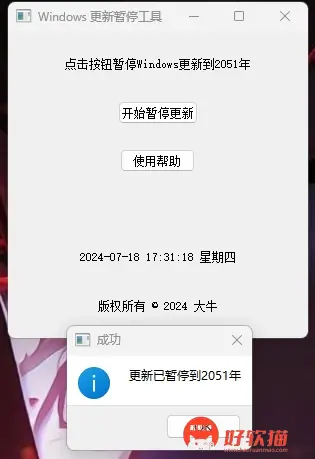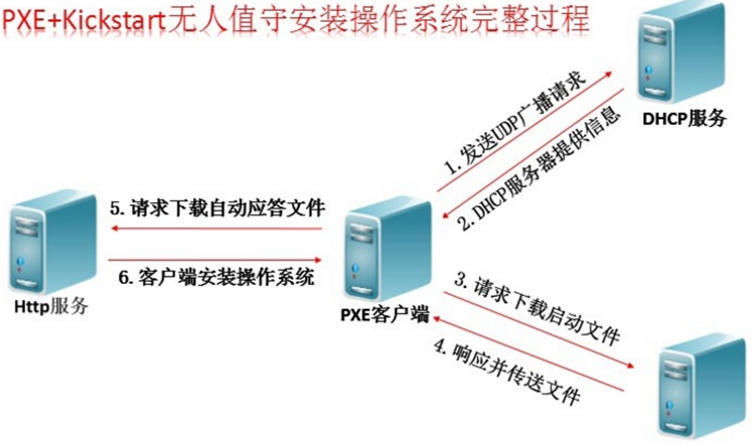如何使用Spring Boot + SQLite3 {#%E5%A6%82%E4%BD%95%E4%BD%BF%E7%94%A8spring-boot-%2B-sqlite3}
介绍 {#%E4%BB%8B%E7%BB%8D}
Spring Boot 是一个流行的 Java 框架,用于构建微服务和 Web 应用程序。SQLite3 是一个轻量级的关系数据库管理系统。本文将指导您如何在 Spring Boot 项目中使用 SQLite3 数据库。
步骤 {#%E6%AD%A5%E9%AA%A4}
1. 创建一个新的 Spring Boot 项目 {#1.-%E5%88%9B%E5%BB%BA%E4%B8%80%E4%B8%AA%E6%96%B0%E7%9A%84-spring-boot-%E9%A1%B9%E7%9B%AE}
您可以使用 Spring Initializr 来快速创建一个新的 Spring Boot 项目。选择所需的依赖项,例如 Web、Thymeleaf 和 SQLite。
2. 添加 SQLite 依赖项 {#2.-%E6%B7%BB%E5%8A%A0-sqlite-%E4%BE%9D%E8%B5%96%E9%A1%B9}
在 pom.xml 文件中,添加 SQLite 的 Maven 依赖项:
<dependency>
<groupId>org.xerial</groupId>
<artifactId>sqlite-jdbc</artifactId>
<version>3.36.0.3</version>
</dependency>
3. 配置数据源 {#3.-%E9%85%8D%E7%BD%AE%E6%95%B0%E6%8D%AE%E6%BA%90}
在 application.properties 文件中,配置 SQLite 数据库连接:
spring.datasource.url=jdbc:sqlite:db/test.db
spring.datasource.driver-class-name=org.sqlite.JDBC
spring.jpa.database-platform=org.hibernate.dialect.SQLiteDialect
spring.jpa.hibernate.ddl-auto=update
这将创建一个名为 test.db 的数据库文件,并将其保存在项目的 db 目录下。Hibernate 将自动创建和管理数据库表结构。
4. 创建实体类 {#4.-%E5%88%9B%E5%BB%BA%E5%AE%9E%E4%BD%93%E7%B1%BB}
创建一个实体类来表示数据库中的表。例如,创建一个名为 User 的实体类:
import javax.persistence.Entity;
import javax.persistence.GeneratedValue;
import javax.persistence.GenerationType;
import javax.persistence.Id;
`@Entity
public class User {
@Id
@GeneratedValue(strategy = GenerationType.IDENTITY)
private Long id;
private String name;
private String email;
// getters and setters omitted for brevity
}
`
5. 创建 Repository 接口 {#5.-%E5%88%9B%E5%BB%BA-repository-%E6%8E%A5%E5%8F%A3}
创建一个 Spring Data JPA Repository 接口以操作数据库:
import org.springframework.data.jpa.repository.JpaRepository;
import org.springframework.stereotype.Repository;
`@Repository
public interface UserRepository extends JpaRepository<User, Long> { }
`
6. 使用 Repository 进行数据库操作 {#6.-%E4%BD%BF%E7%94%A8-repository-%E8%BF%9B%E8%A1%8C%E6%95%B0%E6%8D%AE%E5%BA%93%E6%93%8D%E4%BD%9C}
现在,您可以在服务类或控制器中注入 UserRepository 并使用它来执行 CRUD 操作。例如:
import org.springframework.beans.factory.annotation.Autowired;
import org.springframework.stereotype.Service;
import java.util.List;
`@Service
public class UserService {
private final UserRepository userRepository;
@Autowired
public UserService(UserRepository userRepository) { this.userRepository = userRepository; } public List<User> getAllUsers() { return userRepository.findAll(); } // other CRUD methods } } } } } } } } } } } } } } } } } } } } } } } } } } } } } } } } } } } } } } } } } } } } } } } } } } } } } } } } } } } } } } } } } } } } } } } } } } } } } } } } } }}``User`` 类中定义的方法。例如,``getAllUsers()`` 方法将返回所有用户列表。您可以在控制器中调用此方法并将结果返回给前端。例如: import org.springframework.beans.factory.annotation.Autowired; import org.springframework.web.bind.annotation.`; import java.util.`; @RestController @RequestMapping("/users") public class UserController { private final UserService userService; @Autowired public UserController(UserService userService) { this.userService = userService; @GetMapping public List<User> getAllUsers() { return userService.getAllUsers(); }}``现在,当您运行 Spring Boot 应用程序并访问``/users``端点时,您将看到从 SQLite 数据库检索到的用户列表。结论 在本文中,我们学习了如何在 Spring Boot 项目中使用 SQLite3 数据库。通过遵循这些步骤,您可以轻松地将 SQLite 集成到您的项目中,并利用 Spring Data JPA 的强大功能来简化数据库操作。请注意,SQLite 是一个轻量级数据库,适用于小型项目和原型设计。对于大型生产环境,您可能需要考虑使用更强大的数据库系统,如 MySQL、PostgreSQL 或 Oracle。``
`
 51工具盒子
51工具盒子




